market share
Latest
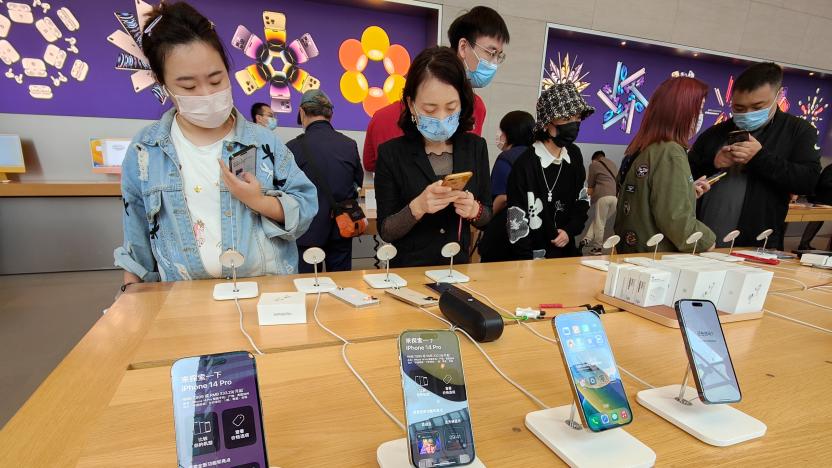
2022 saw smartphone shipments drop to 10-year lows
The smartphone market just had its worst year in a decade, and the situation might not get much better.
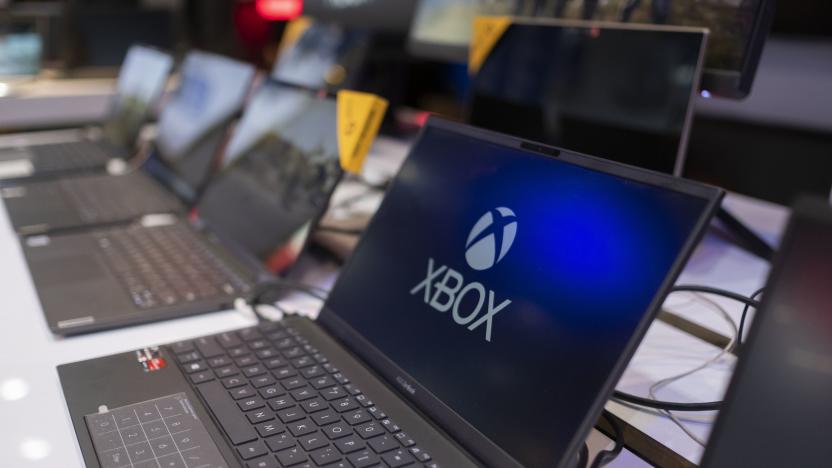
PC shipments saw their largest decline ever last quarter
PC shipments plunged over 28 percent last quarter — the worst such drop in history, according to analysts.
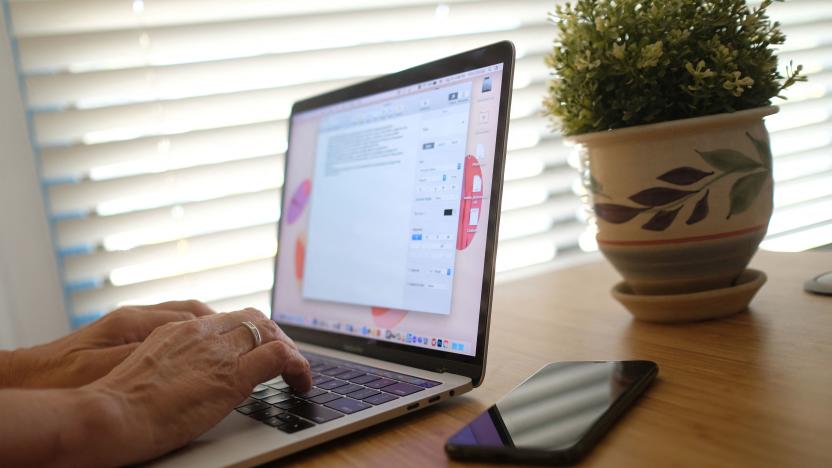
2021 was a very good year for the PC market
The PC market soared in 2021, according to new data, and 2022 could be just as rosy.
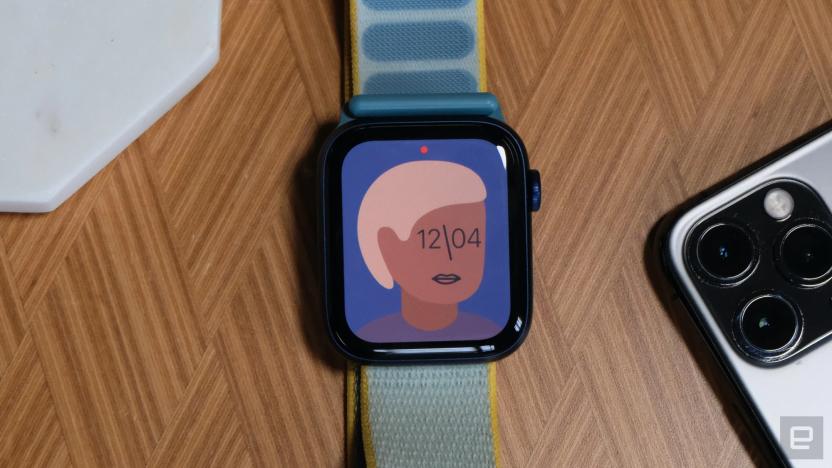
Apple leads the way as smartwatches dominate the wearable band market
The wearable market as a whole grew 5.6 percent last quarter, but that was largely due to sales of smartwatches at the expense of basic bands.
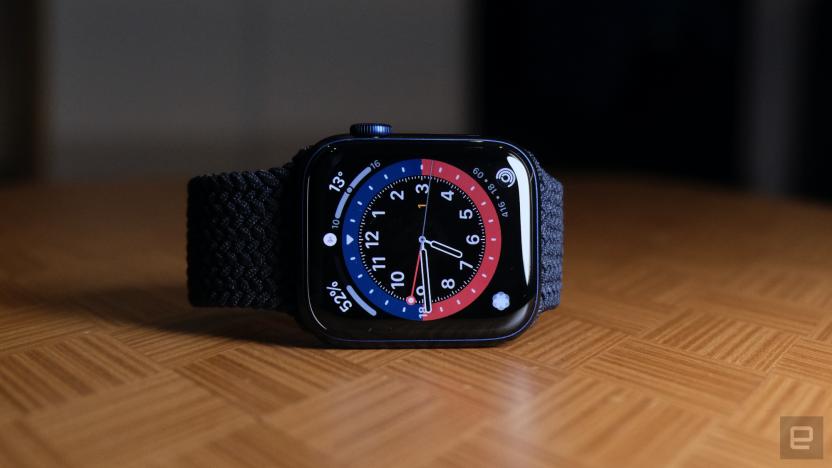
Smartwatch demand surged 47 percent this spring
Smartwatch shipments grew by a whopping 47 percent in Q2 thanks to more demand for health tracking — and it wasn't just Apple and Samsung enjoying success.
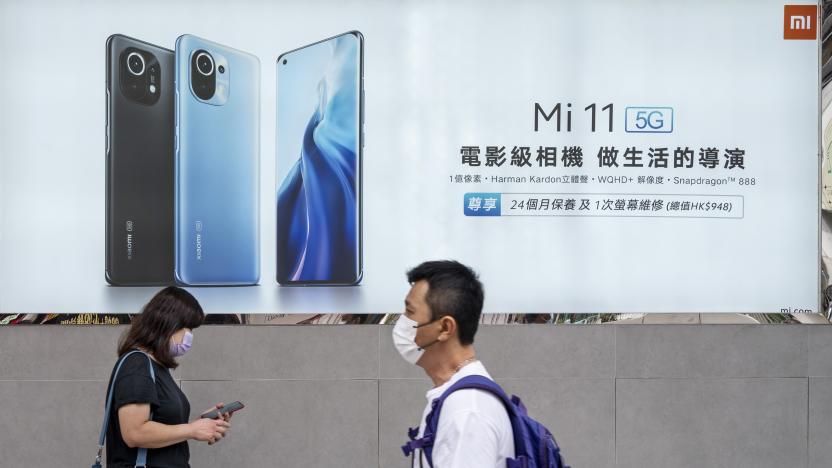
Xiaomi becomes the world's second-largest phone maker for the first time
Xiaomi is now the world's second-largest phone manufacturer, having outgrown Apple and its Chinese rivals.
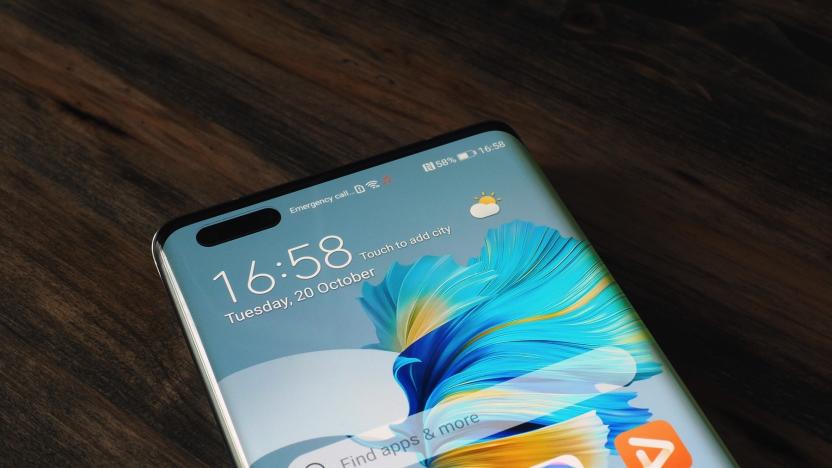
Huawei's smartphone struggles are hitting it hard in China
Huawei's trouble with the US is costing it at home — it lost the market share lead in China to Oppo.
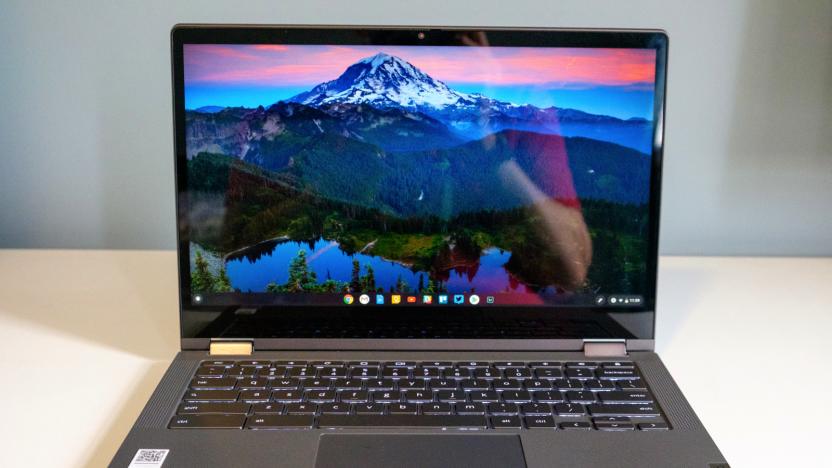
Chromebook demand more than doubled in 2020 due to the pandemic
Chromebook shipments more than doubled in 2020 as the pandemic forced many people to learn and work at home.
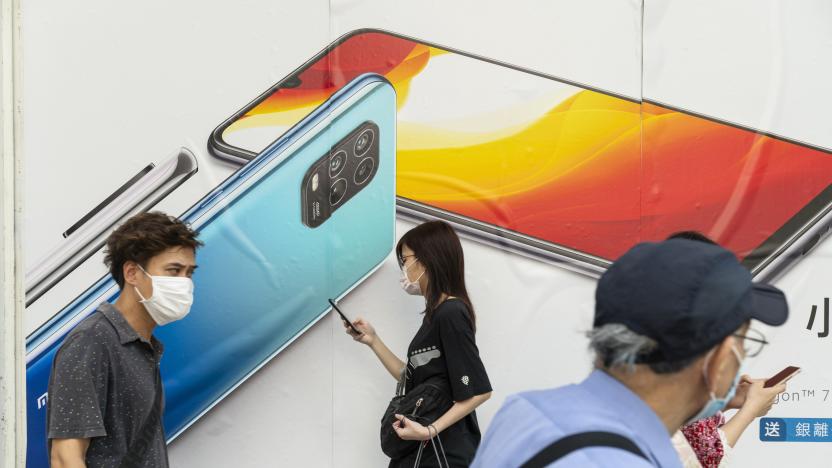
Xiaomi overtook Apple in smartphone sales last quarter
Xiaomi has overtaken Apple in smartphone sales as the industry bounces back from the pandemic's initial blow.
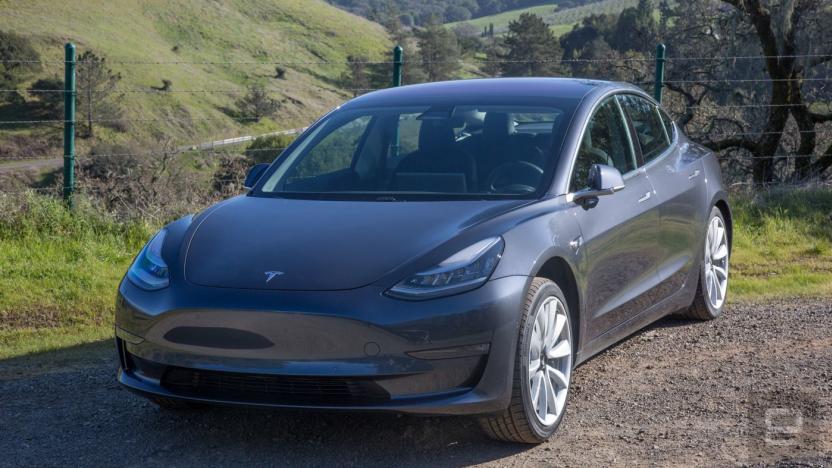
EVs are a rare bright spot in a pandemic-struck European car market
Despite Europe being hit hardest by declining car sales, battery electric vehicles and plug-in hybrid cars increased their market share across the EU.

Huawei boosts smartphone sales in China by a whopping 66 percent
In spite of US sanctions, Huawei is doing just fine in China. The company's domestic smartphone shipments increased 66 percent year-over-year, according to a report by market research firm Canalys. In the last quarter, Huawei shipped 41.5 million devices in China, giving it a record-high market share of 42 percent. At least some of that success, might be attributed to customers purchasing Huawei devices as a rebellion against US sanctions and foreign pressure.
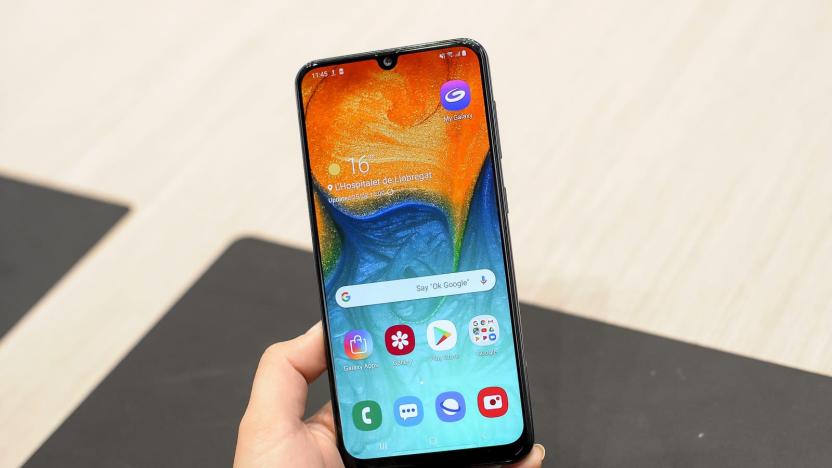
Samsung's midrange phones helped its market share surge in Europe
Samsung might have good reason for suggesting that midrange phones could help it escape its profit slump. Canalys estimated that Samsung was thriving in Europe in the second quarter of 2019 thanks partly to its midrange phones, surging to 40.6 percent share versus 33.9 percent a year ago. That's 18.3 million phones in total. It had three of the top five shipping phones, all of which were more affordable A-series models like the Galaxy A50 (which represented about 3.2 million units by itself). Flagships like the Galaxy S and Galaxy Note might have been the stars of the show, but it was the lower-cost models that really got people into stores.
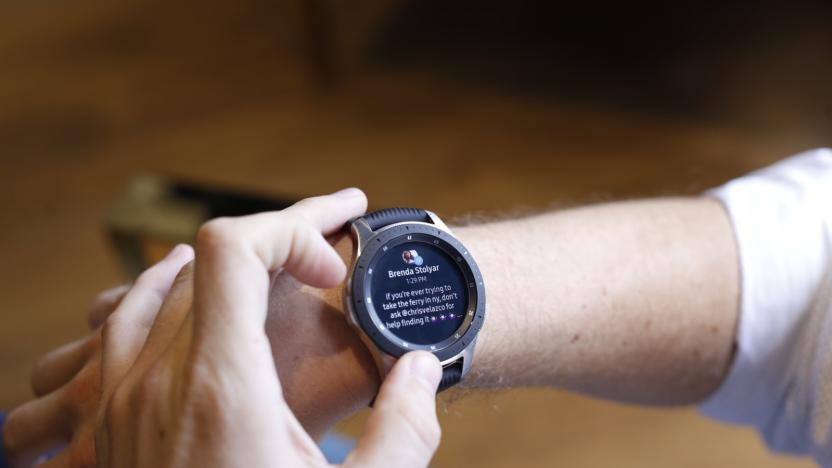
It's not just the Apple Watch powering the smartwatch market's growth
The smartwatch market is still growing at a breakneck pace several years in. Counterpoint Research estimated that smartwatch shipments jumped by 48 percent year-over-year in the first quarter of 2019 -- no mean feat in a season that's typically quiet. The Apple Watch's leading share barely budged at 35.8 percent, although that came precisely because its shipments grew a sizeable 49 percent. The real stars of the show were some of Apple's rivals, though, as they enjoyed success they haven't had in a while.

iOS users are still huge porn lovers
A new end-of-the-year report by one of the web's most popular adult sites shows that iOS users are still totally in love with watching porn on the go. According to Pornhub's traffic data (SFW, I promise), over 40% of the visits coming from a mobile operating system come from Apple's iOS, putting it in second place behind Android (49%) and ahead of Windows (2%) and BlackBerry (1%). Second place might not seem like an indicator that iOS devotees are especially porn hungry, but when you consider that recent market share measurements put iOS at somewhere near 11% -- compared to Android's 84% -- it's clear that on a per-device basis, Apple's platform sees a lot more NSFW action. Pornhub's report doesn't separate tablet traffic from smartphone traffic on the OS level, but does note that just 11% of the site's visits come from tablets, while 45% come from smartphones, so Apple's iPad dominance certainly can't be used to fully explain the ratio of porn viewing on iOS. Perhaps the iPhone 6 Plus lends itself well to big screen viewing... You're a depraved bunch, and that's just fine.

Apple gains smartphone market share; iOS 8 adoption up to 68%
While we'll all be waiting until January 27 to hear exactly how Apple fared financially in the last calendar quarter of 2014 (Q1 FY 2015), it appears that very strong sales of the iPhone 6 and iPhone 6 Plus led to gains in market share for iOS in a number of countries, much to the detriment of Android and Windows. The news comes from Kantar Worldpanel ComTech, which released data this morning showing market share for Android, iOS, Windows and "Other" smartphones in the three months ending November 2014 and 2013. Year over year, Great Britain saw the most dramatic uptake in iOS, with market share jumping 12.2 percent from 30.3 to 42.5. While iOS market share didn't climb as much Down Under, Android was beaten with an iOS-flavored waddy in Australia, losing a 10.1 percent share year over year while iOS jumped up 9.9 percent a 44.9 percent share. Closer to home, iOS saw a modest gain of 4.3 percent to 47.4 percent, while Android and Windows fell slightly by 2.0 and 1.6 percent respectively. The only place where iOS took a beating was in Japan, with iOS falling from a 69.1 percent share in 2013 to 53.8 in 2014. That 15.3 percent drop was taken up by Android phones (which gained 12.4 percent more market share) and "Other". In other iOS news, Apple's developer support page is now showing that a full 68 percent of iOS devices are running iOS 8 as of January 5, 2015. iOS 7 takes up the lion's share of the rest of devices at 29 percent, while just a scant 4 percent of devices are running earlier versions of the mobile operating system.

iPhone 6 Plus accounted for 41% of Q4 U.S. "phablet" sales in one month
Apple has been struggling to keep up with demand for the iPhone 6 Plus ever since it was released on September 19. While that demand might be frustrating for users waiting to get their devices, it's proven to be very good news for Apple's sales. How good? According to a new report from Kantar World Panel, the iPhone 6 Plus accounted for 41 percent of all "phablet" sales in the three month period ending October 31, 2014. That means in just a little over a month of sales, Apple was able to dominate 41 percent of the entire phablet market -- smartphones with a screen equal to or larger than 5.5 inches measured diagonally. In that period, according to Kantar, phablet sales made up 10 percent of the overall smartphone market. For the same period the year before, they only accounted for 2 percent of sales. Kantar asked buyers at the point of sale what drove their choice when purchasing: 58% of those surveyed who bought an iPhone 6 Plus said screen size was the primary reason for choosing their device. Despite the more compact design of the iPhone 6, 60% of consumers who chose it also cited screen size as the primary purchase driver. The ability to connect to a 4G/LTE network was the second most important reason cited by both buyer groups. The iPhone 6 was also a smashing success, raking up 33 percent of smartphone market share and becoming the top selling model among iOS devices for the period. You can read the report for yourself here.

Gartner: Android passes iOS to become the most popular tablet platform
Several years ago, technology research firm Gartner predicted Apple would maintain its hold on the tablet market until 2015. A new study from the company, however, shows Android taking a decisive lead: in 2013, it boasted 62-percent market share, compared to 36 percent for iOS. Google's mobile operating system climbed to the number one position thanks to more tablet sales overall, though Gartner also credits the proliferation of cheaper, smaller-screen slates (the Nexus 7 no doubt included) with establishing Android's newfound dominance. The other winner, according to this study: Samsung, which grew by 336 percent in 2013 to a 19.1-percent share of the tablet market. That's still a much smaller piece of the pie than Apple's 36 percent, but among Android device makers the Korean company is still very much the king. Conversely, Microsoft has seen very modest growth; Windows 8 tablets accounted for just 2.1 percent of the market in 2013. Click through the source link for more stats.

Daily Update for January 10, 2014
It's the TUAW Daily Update, your source for Apple news in a convenient audio format. You'll get some of the top Apple stories of the day in three to five minutes for a quick review of what's happening in the Apple world. You can listen to today's Apple stories by clicking the player at the top of the page. The Daily Update has been moved to a new podcast host in the past few days. Current listeners should delete the old podcast subscription and subscribe to the new feed in the iTunes Store here.

Daily Update for December 30, 2013
It's the TUAW Daily Update, your source for Apple news in a convenient audio format. You'll get some of the top Apple stories of the day in three to five minutes for a quick review of what's happening in the Apple world. You can listen to today's Apple stories by clicking the player at the top of the page. The Daily Update has been moved to a new podcast host in the past few days. Current listeners should delete the old podcast subscription and subscribe to the new feed in the iTunes Store here.

Apple's US smartphone share climbs to 40.6%
Apple's share of the US smartphone market climbed from July to October of this year, but only by a small margin, according to new data from comScore. The newest report showed a 0.2 percentage point increase for Apple, moving from 40.4 percent to 40.6 percent, and the company remains the top smartphone manufacturer in the states by a very wide margin. Samsung was the biggest mover on the chart, climbing 1.3 percentage points to 25.4 percent of overall share, with Motorola grabbing a 0.1 percentage point bump to 7 percent. Meanwhile, HTC and LG both lost share, dropping 1.3 and 0.2 percentage points, respectively. In terms of platform market share, Android is still king with 52.2 percent, while Apple remains in second place at 40.6 percent.






